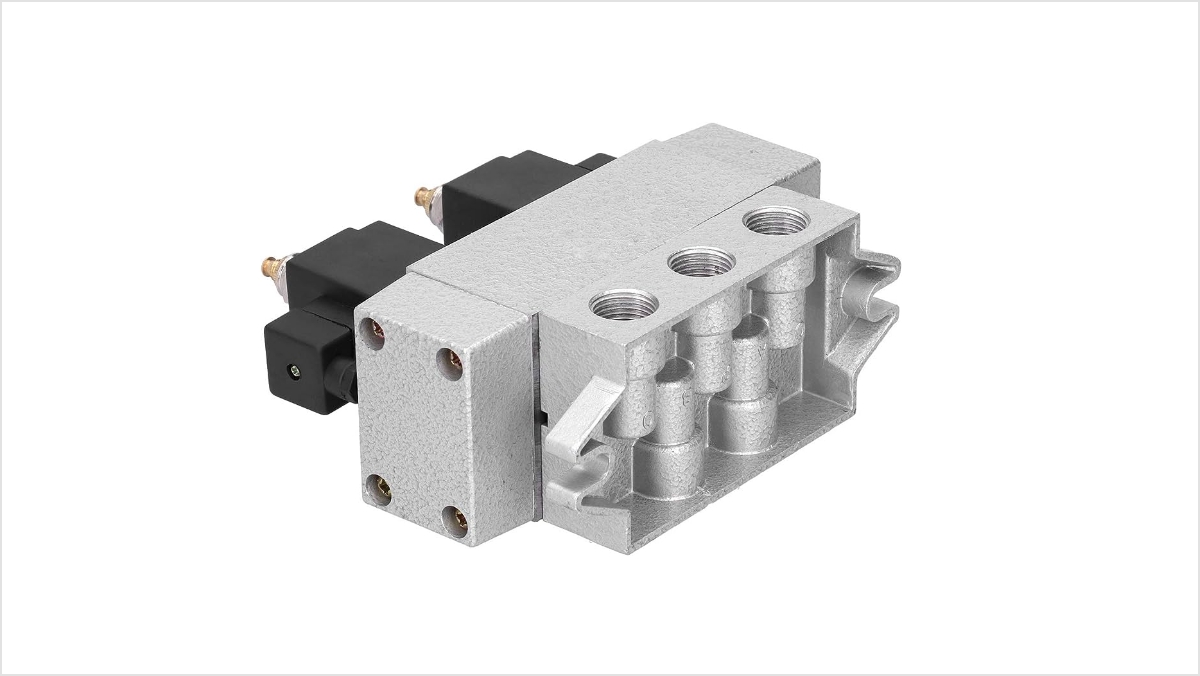Developing a company capable
of processing high-spec die-cast parts
We use our diverse network to find high-spec component processing companies
that can handle sudden increases in production and supply die-cast processed parts.
PROPOSER
We deliver various metal parts to manufacturing customers.
We make proposals to solve customer problems such as reducing costs and improving product quality.

BEGINNING
Our client, an industrial equipment manufacturer, had to suddenly increase production due to a sudden increase in demand, and needed a large amount of hydraulic and pneumatic solenoid valves for the equipment.
Originally, these solenoid valves were manufactured in-house at the customer's factory, but in order to increase production, they had no choice but to outsource production, and the customer asked us to procure the solenoid valves, including finding a contractor.
NETWORK
I need to find a die-casting company as soon as possible.
There are many companies in Japan that perform die casting processing, but not many can produce the same level of precision as the processes that our customers perform themselves.

In particular, the solenoid valves required by our customers have special shapes and are highly accurate, so the die castings must be ground and polished with high precision. We could achieve the required precision by cutting a block of metal from scratch using a machining center or CNC, but the lead time per unit would be long and the cost would not be justified. Therefore, in order to meet customer requests for increased production, the only solution was to continue machining die-cast products with high precision using the same method as before.
From there, we desperately searched for companies, including our business partners, that could meet our customers' requests. I found several potential companies through companies that were introduced to me and companies that I researched and inquired about on my own. When we showed the actual product to the companies and asked them for advice, they would initially say, "Yes, we can do it," or "Please let us do it," but in most cases, when we actually had them process the product, they could not meet the required precision.
SOLUTION
Let's think together about why it's not possible.
While most of the companies gave up, saying "We can't do this processing," one of the candidate companies continued to challenge us by changing the processing method, no matter how many times it was rejected. If I didn't have a strong desire to make this work a reality, I don't think I would have been able to continue trying so many times.

I was impressed by this company's attitude, and decided to work with our partner companies to find out why they couldn't achieve the required precision and how they could improve the processing. As the product delivery date drew closer, we stayed overnight at our partner company to oversee the prototype production, and after spending several days on the job, we were finally able to achieve the desired precision.
The next step is to find a processing method that is cost-effective.
From the beginning, our partner company believed that it was essential to standardize the processing so that the same precision could be achieved regardless of who performed the work, rather than relying on the personal skills of a few craftsmen to achieve the same precision. As a result, they quickly and thoroughly prepared jigs and manuals, and successfully established a mass production supply system.
We sincerely responded to the customer's sudden request for increased production and delivered the requested quantity.
From this case, I learned that in the manufacturing field, it is important to have the mindset that "there is nothing we can't do." I would like to continue to listen to our customers' challenges and make proposals without giving up.









